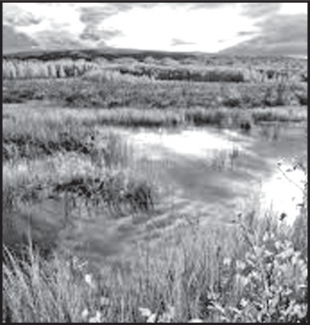Stream Compensatory Mitigation: Webinar Series
Webinar Series
- Status of Stream Compensatory Mitigation (July 10, 2018)
- Assessing Stream Functions and Conditions –Part 1: Challenges and Solutions (August 27, 2018)
- More to come...
Webinar Series
ELI is a leader in research and capacity building in the area of in-lieu fee mitigation. This page contains resources from past ELI reports, webinars, and workshops on in-lieu fee mitigation. Check back for updates on upcoming webinars and reports. Click here to return to the Wetland's Program homepage.
Improving In-Lieu Fee Program Implementation Guides

In what appears to be the new normal when it comes to defining "waters of the United States," every effort that seeks to clarify that term, and in turn, the reach of federal authority to regulate water pollution, breeds yet more confusion.
In 2008, the U.S. Army Corps of Engineers (Corps) and the U.S. Environmental Protection Agency (EPA) released regulations on compensatory mitigation under § 404 of the Clean Water Act.
The U.S. Supreme Court issued the latest in a series of rulings defining the scope of the federal Clean Water Act in 2023, in Sackett v. United States. Prior rulings also affected the reach of the Act, including SWANCC v. U.S. Army Corps of Engineers (2001) and Rapanos v. United States (2006), created great uncertainty for landowners, environmental advocates, and regulators about whether many types of wetlands, small and intermittent streams, and other waters are subject to federal jurisdiction.
(Washington, DC) — In a year marking the 40th anniversary of the Clean Water Act, federal courts across the country continue to struggle in determining jurisdiction and applying the fractured Supreme Court’s 2006 ruling in Rapanos v. United States, which has now been interpreted, applied, or cited in over 90 different cases arising in 35 states. Six years after the decision, the legal battle over federal Clean Water Act jurisdiction shows no signs of abating.